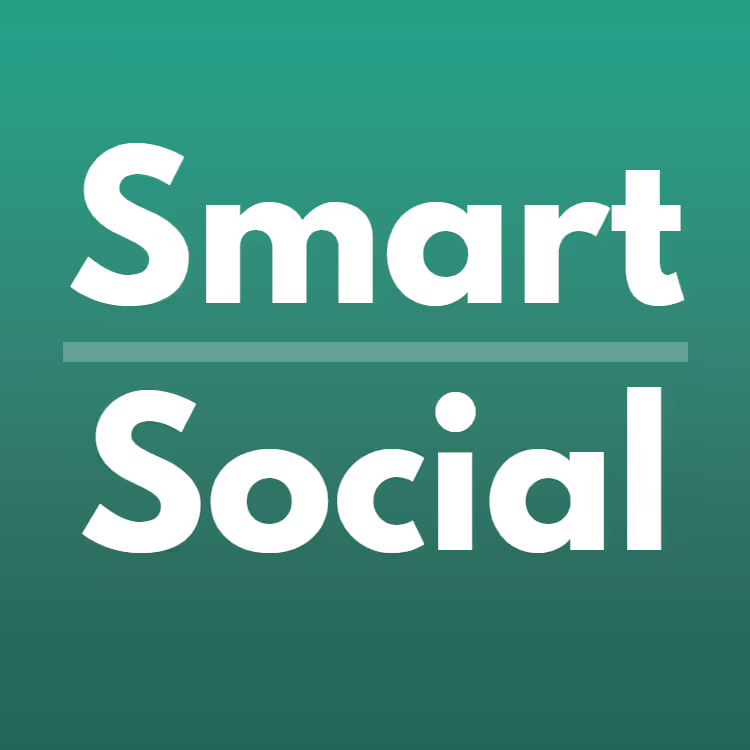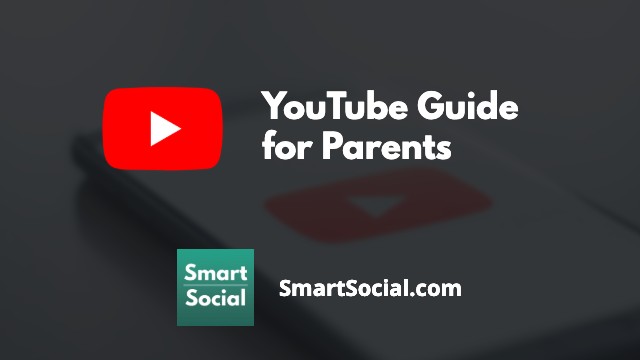Instagram, Snapchat, and TikTok Social Media Mental Health Initiatives. Are They Enough?
Green Zone App
(Click here to learn more)
Dangerous Social media challenge
(Click here to learn more)
Red Zone App
(Click here to learn more)
Gray Zone App
(Click here to learn more)
Several popular social media apps announced plans to promote mental health initiatives to keep kids safe online. Snapchat recently introduced Here for You, Instagram launched Pressure to be Perfect, Pinterest has a new “compassionate search” feature, and TikTok shares mental health advice from its users.

When users search for sensitive topics like anxiety, depression, suicide and bullying, self-help information will populate to help them get through whatever they're going through. Snapchat will also offer advice from local experts. The tool will include advice for people who have friends struggling with mental health. USA Today

Pressure to be Perfect is about recognizing that what you see posted by others is just one part of their story - a single post or video rarely reflects all that is happening behind the scenes. That realization can help free us from the pressure of thinking we need to conform to a certain set of standards when we post, moving from a mindset of comparing yourself with others to one where you are thoughtfully sharing yourself with others could help make the time you spend on Instagram more intentional and rewarding. Social Media Today

When you type in an anxiety-related query—something like “work anxiety,” or “dealing with stress”—Pinterest will now display a box above the stream of pins. "If you're feeling sad or stressed, here are some resources that may help improve your mood," it says, above a disclaimer that notes Pinterest’s exercises are not a replacement for professional care. If you click in the box, you'll find a dozen exercises created in collaboration with Brainstorm, a mental health innovation lab at Stanford's School of Medicine, and two other mental health organizations. Wired
Are these new social media mental health initiatives too little, too late?
The SmartSocial team wanted to know how beneficial these new mental health initiatives are to young social media users. Are they too little, too late? We asked 6 therapists and educators to weigh in.
1. New mental health initiatives could help kids better communicate their feelings

Katie Lear, LCMHC, RPT, RDT
The initiatives being rolled out by social media platforms like Snapchat and TikTok are a great idea, but they're not a substitute for parental supervision. I'm happy that our culture's interest in young people's mental health is finally reflected by these companies.
Having a listening ear available for teens in a crisis situation could potentially make a life-or-death difference, especially when you consider that many young people feel much more comfortable communicating by direct message rather than on the phone or face-to-face. These initiatives reach teens in the way that is most comfortable and natural to them.
Social media platforms can be a source of social support for some kids, but they also open the door for possible bullying, exploitation, and victimization. I recommend that parents use some sort of safety software, such as Bark, to monitor teens' internet and app usage. Parents should always be able to access a child's social media accounts, if necessary, to ensure their safety online. Finally, parents should be talking about social media and mental health in general with teens frequently in a non-judgmental way. Social media is a fact of life for teens, but that doesn't mean it's healthy to give them unrestricted access.
2. They could also help end the stigma

Candida Wiltshire, MSW, LCSW, LISW-CP
I believe that these are helpful initiatives for students and young users due to the stigma of mental health. Many young users still struggle with mental health in silence, remaining quiet in their struggles to manage symptoms of illnesses like depression and anxiety. The more options that are readily accessible to them the better.
These initiatives work in two ways, which are both important.
First, they allow for users to explore and seek help in a non invasive way, which can increase access to care. Having the option right at your fingertips can assist in decreasing anxiety over meeting with a professional for the first time or worrying about the judgments of others if seen going to the school counselor's office.
Secondly, these initiatives provide representation in a way that fights stigma. Having resources available makes it more acceptable and will increase honest and open dialogue about mental health in general. As awareness and acceptance in mainstream society increases, more people will seek professional help sooner.
3. Better late, than never

Leslie Shull, Assistant College Professor & President of Let's All Flourish
It is not too late to help our students and youth with the mental health crisis that is looming globally. Do I wish they had jumped in sooner? Sure. Do I wish we didn't idolize celebrities that are airbrushed, and make it look simple to make a zillion dollars and be beautiful and happy? Of course.
This information is from the World Health Organization in October 2019:
- Mental health conditions account for 16% of the global burden of disease and injury in people aged 10–19 years
- Half of all mental health conditions start by 14 years of age, but most cases are undetected and untreated
- Globally, depression is one of the leading causes of illness and disability among adolescents
- Suicide is the third leading cause of death in 15-19 year-olds
The consequences of not addressing adolescent mental health conditions extend to adulthood, impairing both physical and mental health and limiting opportunities to lead fulfilling lives as adults.

4. Social media posts are powerful
Kelsey Latimer, Director of Clinical Services, Viamar Health
I absolutely believe these initiatives are incredibly helpful - it's never too late to chip away at the internalized impossible media messages we have been exposed to in our lifetime. I work with teens and adults who find these messages to be powerful and inspiring to see themselves differently.
We have to remember that people are exposed to thousands of messages per day. Ideas that promote certain images and telling us how to feel. So, every message pushing in the direction of inspiring confidence and self-acceptance matters in shifting those unhealthy messages we receive. We should never underestimate the impact of our messages - both positive and negative - and the more we can provide young people with positive messaging sent in a medium that they are likely to see, the more opportunity we have to support them in a healthy way.
5. Students respond positively to social media mental health initiatives

Janet Ferone, M.Ed., President of Ferone Educational Consulting
As a school administrator, I watched students respond positively to many mindfulness apps. They loved the coloring apps to de-stress and some of the meditation apps, like Calm and Headspace, to destress.
I consulted with social workers who provide direct service to these adolescents. We agreed that these social media mental health initiatives are primarily positive, as it is an affirmation that they are not alone or 'going crazy'. These feelings are real and worth dealing with. The initiatives can be helpful in making therapy, counseling, or other mental health services a priority.
My concern is that it could deter young people from seeking services and place the burden on their shoulders for fixing themselves without outside support. Additionally, it can exacerbate the time that they are focused on their screens and not interacting with humans and/or in-person therapeutic support. One social worker reported that older students overwhelmingly said they would play therapist for their friends before trying to get anyone official to help.
But for students in rural areas or with limit access to mental health professionals, social media is easily accessible. So it may be a very useful tool for youth who are struggling.
Conclusion
While these mental health initiatives are a great start, they are no substitute for talking with your students. If you notice your student showing signs of depression or anxiety, consider setting up an appointment with a therapist.
With so many resources available and so many people wanting to help, suicide can be prevented. Check on your friends and family members often and let them know you’re there for them. Let’s work towards getting rid of the stigma of talking about mental health.

If you or someone you know is in an emergency, call or text the Suicide & Crisis Lifeline at 988 or call 911 immediately. If you’re uncomfortable talking on the phone, you can also text HOME to 741-741 to be connected to a free, trained crisis counselor on the Crisis Text Line.
Additional Resources
Learn more about social media challenges that teens may be confronted with:
Protect your family and enter for a chance to win cool prizes
Become a member or log in to learn more on this topic
Protect your family and enter for a chance to win cool prizes

., start learning from this page to earn points!*
Hello, I'm Josh, the founder of SmartSocial.com.
Don't leave this page until you fill out our feedback form that will appear after you learn from the resources...
Here are some of the latest resources at SmartSocial.com
Become a Very Informed Parent (VIP) to get our social media suggestions in your email every Tuesday & Thursday.



Hello, I'm Josh, the founder of SmartSocial.com. Protect your family by taking my 1 minute quiz
This quiz will help you understand how safe your family is


Schools & Districts: Partner with us to protect your community online
Our remote presentations (and website) teach over a million parents and students each year how to be safe so they can shine online. We teach students how their accounts can be used to create a portfolio of positive accomplishments that impress colleges and employers.


Join Our Smart Social Podcast
each week on iTunes
With over 500 episodes, Josh Ochs interviews psychologists, therapists, counselors, teachers, and parents while showing you how to navigate social media to someday shine online.
Listen on:



.jpg)

.jpg)

_.jpg)
.png)